
In the realm of industrial machinery, the choice between RV reducers and conventional gearboxes is often a pivotal decision that can significantly impact performance, efficiency, and overall operation.
1. Understanding RV Reducers and Conventional Gearboxes:
a. RV Reducers: RV (Cycloidal) reducers, also known as cycloidal drives, utilize a unique mechanism featuring cycloidal discs to achieve speed reduction. This design offers exceptional precision and torque transmission capabilities, making RV reducers suitable for applications requiring high precision and reliability.
b. Conventional Gearboxes: Conventional gearboxes, on the other hand, employ gears with teeth to transmit power and reduce speed. While they are widely used and versatile, conventional gearboxes may exhibit limitations in terms of precision, efficiency, and backlash, particularly in demanding applications.
2. Key Differences and Functional Advantages:
a. Precision and Backlash:
- RV Reducers: The cycloidal mechanism of RV reducers ensures minimal backlash and high precision, making them ideal for applications where precise motion control is crucial, such as robotics and automation.
- Conventional Gearboxes: Traditional gearboxes may experience more significant backlash due to the meshing of gear teeth, which can affect accuracy and repeatability in precision applications.
b. Compactness and Efficiency:
- RV Reducers: RV reducers are known for their compact and lightweight design, thanks to the concentric cycloidal mechanism. This compactness results in high power density and improved efficiency, making RV reducers suitable for space-constrained environments.
- Conventional Gearboxes: While conventional gearboxes vary in size and design, they may not always offer the same level of compactness and efficiency as RV reducers, especially in applications requiring high power density and minimal space usage.
c. Shock Load Handling:
- RV Reducers: The unique design of RV reducers allows them to handle shock loads and overloads effectively, thanks to the multiple contact points provided by the cycloidal discs. This makes RV reducers suitable for applications with frequent start-stop operations or sudden load changes.
- Conventional Gearboxes: Traditional gearboxes may be more susceptible to damage from shock loads due to the limited contact area between gear teeth, requiring additional measures to mitigate the impact of sudden loads.
d. Noise and Vibration:
- RV Reducers: The cycloidal mechanism of RV reducers inherently reduces noise and vibration, resulting in smoother and quieter operation, making them suitable for applications where noise levels need to be minimized.
- Conventional Gearboxes: Depending on design and manufacturing quality, conventional gearboxes may produce more noise and vibration during operation, particularly at higher speeds or under heavy loads.
 English
English Deutsch
Deutsch Русский
Русский Español
Español
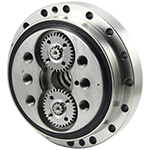
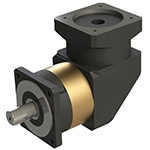
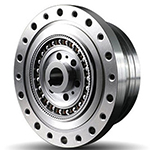
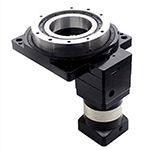
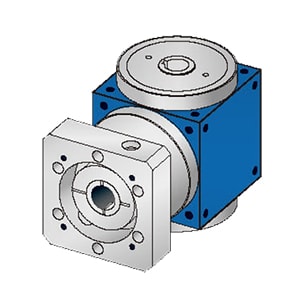
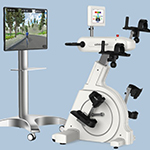
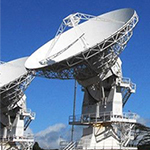
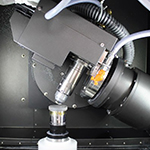
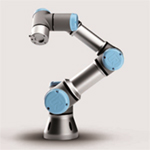
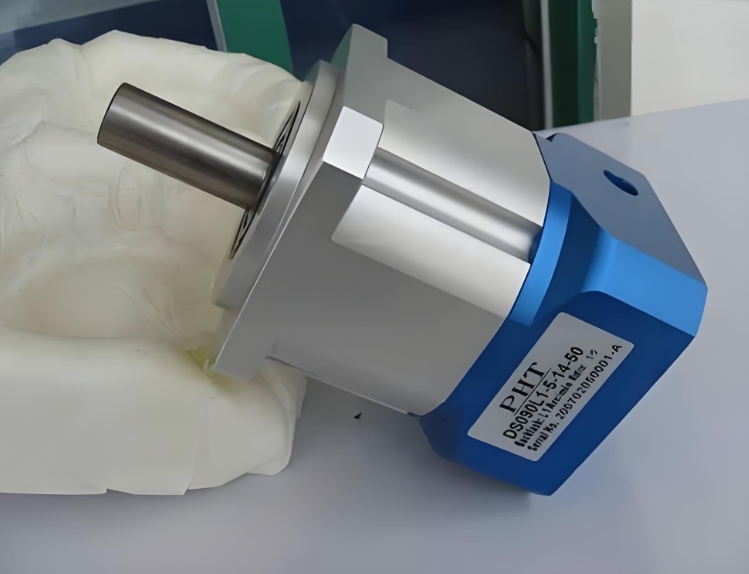
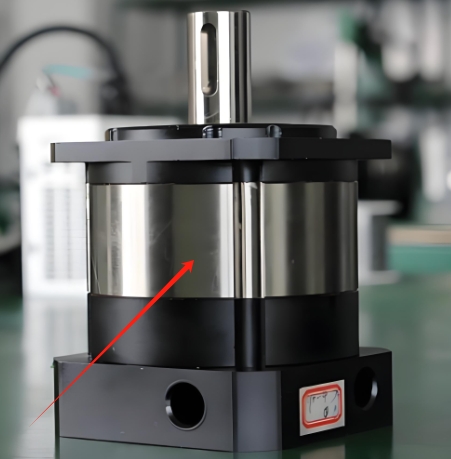
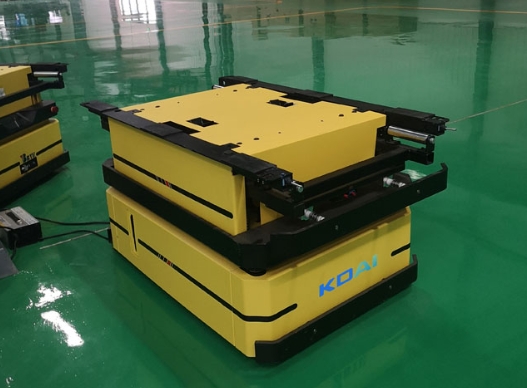
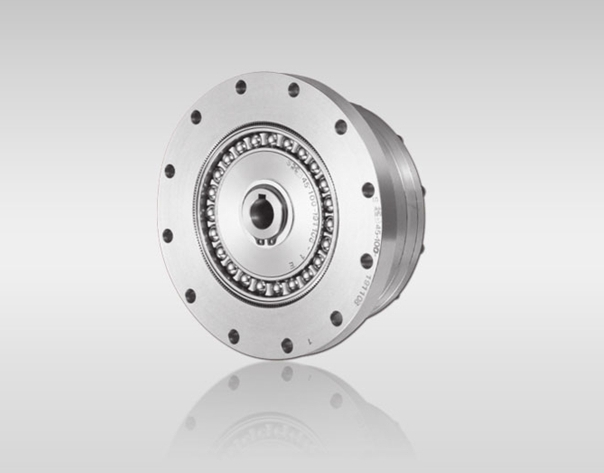
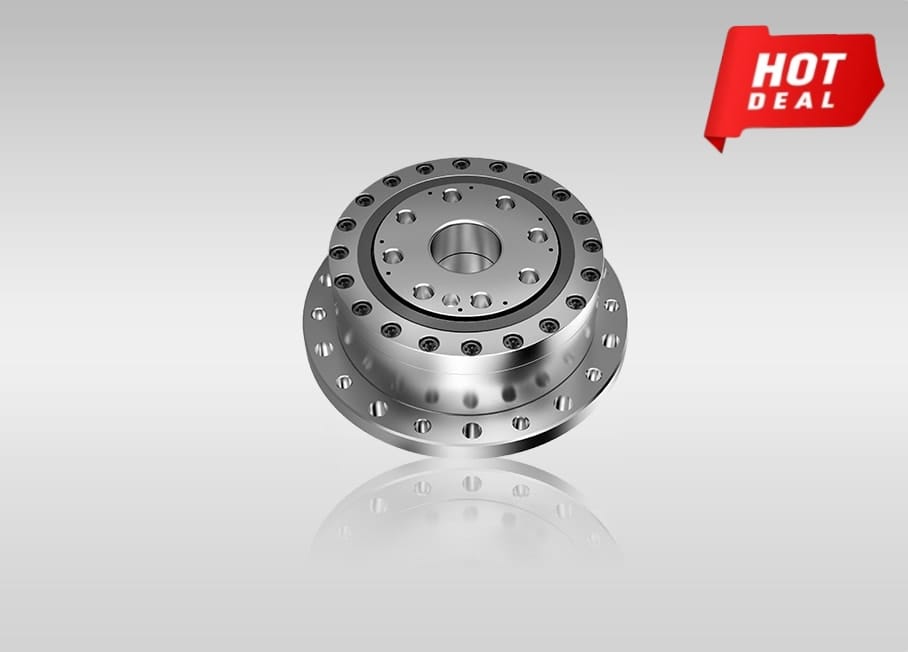
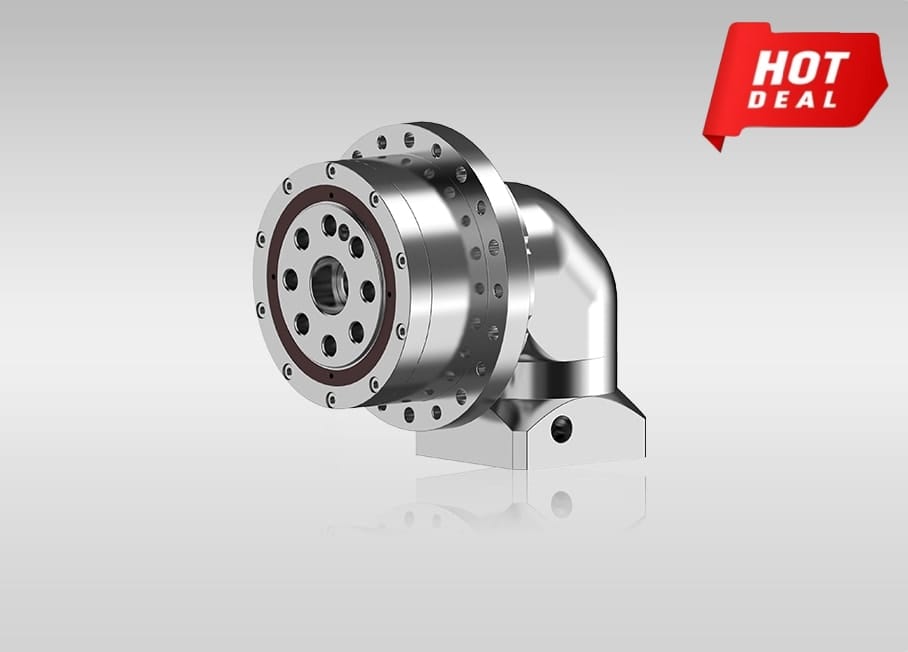
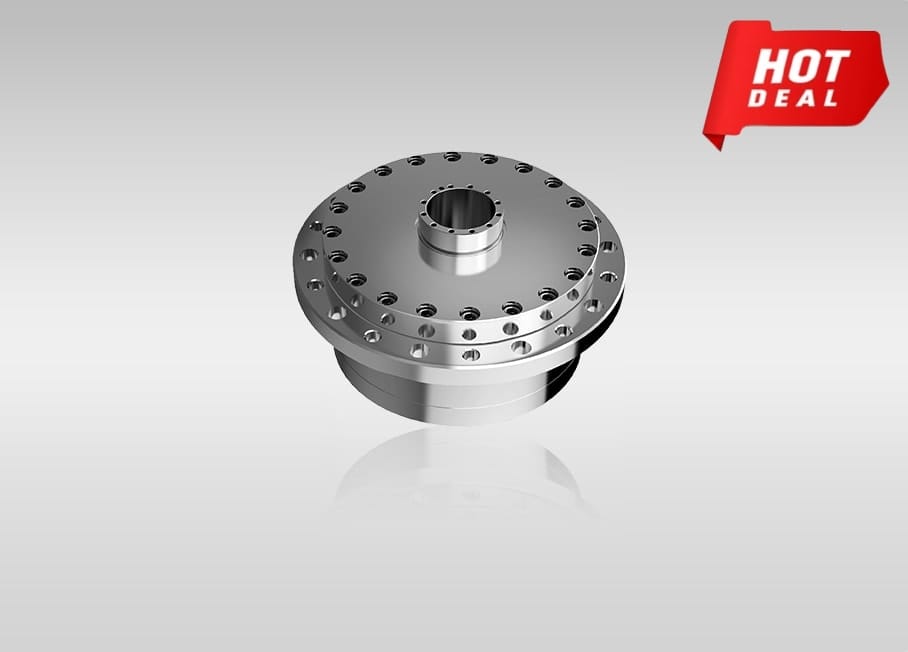
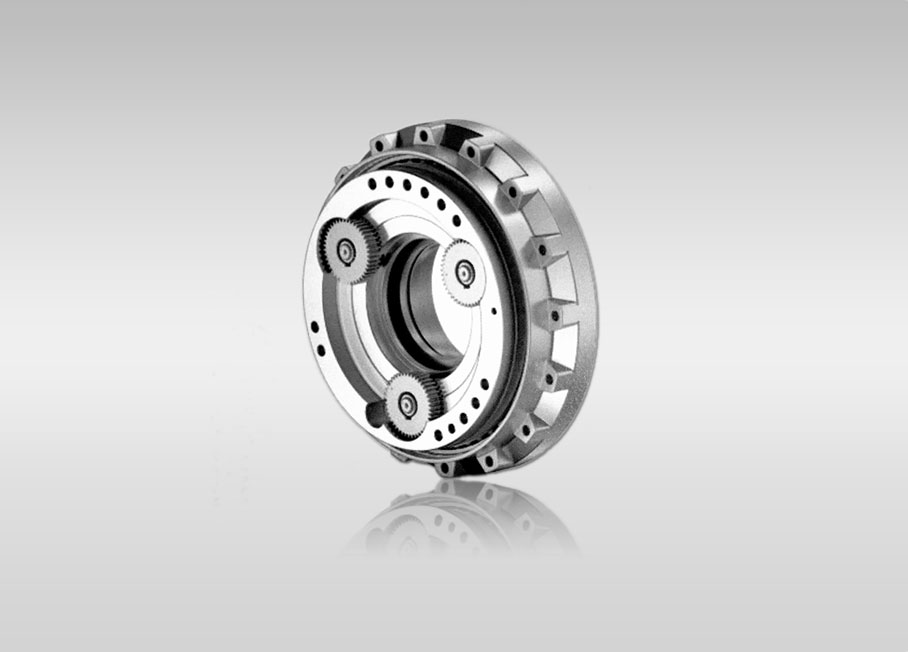
Quote Now